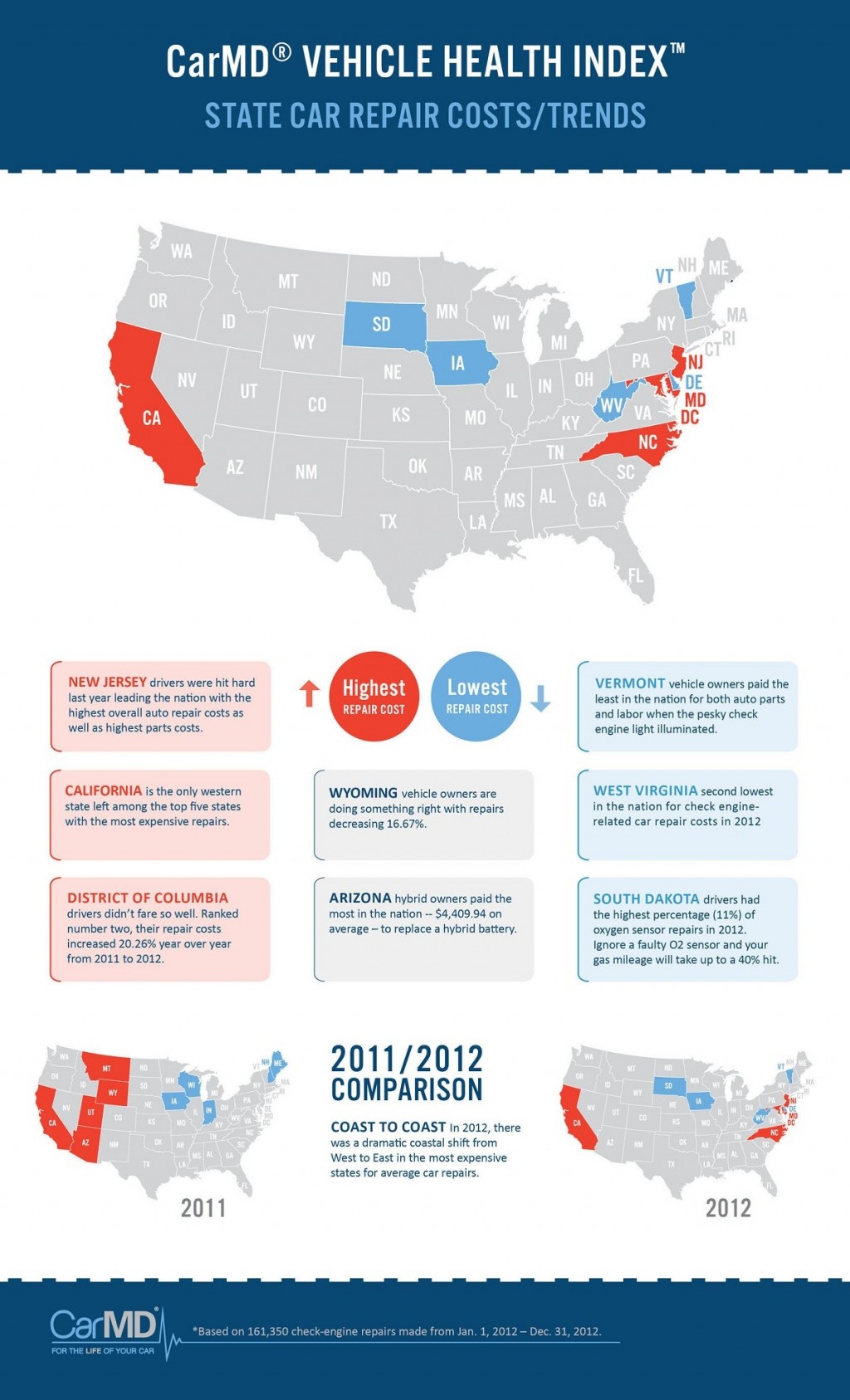Assessing Your Vehicle'S Warning Indicators: What They Truly Share
Assessing Your Vehicle'S Warning Indicators: What They Truly Share
Blog Article
Created By-Faulkner Gilbert
When you're behind the wheel, those beautiful warning lights on your control panel can be a little bit difficult. Do you recognize what they're attempting to tell you regarding your car's health? Comprehending the value of these lights is vital for your safety and the longevity of your vehicle. So, the next time one of those lights turns up, wouldn't you wish to understand its message properly and take the essential actions to address it?
Common Warning Lights and Interpretations
Determine usual warning lights in your cars and truck and understand their significances to ensure safe driving.
navigate to this web-site include the check engine light, which signifies problems with the engine or emissions system. If autocarwashauckland comes on, it's critical to have your lorry checked immediately.
https://airliftperformancekits72716.izrablog.com/30815440/professional-discussion-necessary-auto-outlining-techniques-from-an-industry-specialist warning light suggests reduced oil stress, needing instant interest to avoid engine damage.
A blinking battery light could recommend a defective charging system, possibly leaving you stranded if not dealt with.
The tire pressure tracking system (TPMS) light notifies you to reduced tire stress, affecting vehicle security and gas effectiveness. Ignoring this could result in risky driving problems.
The abdominal light suggests a problem with the anti-lock stopping system, compromising your capacity to stop promptly in emergencies.
Last but not least, the coolant temperature level cautioning light warns of engine getting too hot, which can cause extreme damage if not solved promptly.
Comprehending these typical caution lights will certainly help you attend to concerns without delay and maintain risk-free driving problems.
Value of Prompt Attention
Recognizing the typical caution lights in your car is only the initial step; the significance of promptly attending to these cautions can't be emphasized enough to ensure your security when driving.
When a caution light illuminates on your control panel, it's your auto's means of interacting a potential concern that needs interest. Disregarding these cautions can lead to a lot more extreme problems down the road, compromising your safety and security and potentially costing you a lot more out of commission.
Prompt focus to cautioning lights can stop failures and mishaps. For instance, a blinking check engine light can show a misfire that, if left unattended, could create damages to the catalytic converter. Addressing this promptly can save you from a pricey repair service.
Likewise, a brake system advising light could signal low brake liquid or used brake pads, vital components for your safety and security when driving.
DIY Troubleshooting Tips
If you see a caution light on your dashboard, there are a couple of do it yourself repairing tips you can attempt before looking for expert assistance.
The very first step is to consult your cars and truck's guidebook to recognize what the particular caution light suggests. Sometimes the concern can be as basic as a loose gas cap setting off the check engine light. Tightening the gas cap might fix the problem.
An additional common problem is a low battery, which can trigger numerous cautioning lights. Examining the battery links for deterioration and guaranteeing they're safe and secure could repair the issue.
If a warning light lingers, you can try resetting it by detaching the vehicle's battery for a few mins and then reconnecting it. Furthermore, examining your car's liquid levels, such as oil, coolant, and brake liquid, can aid troubleshoot cautioning lights related to these systems.
Final thought
To conclude, recognizing your automobile's warning lights is important for keeping your car running smoothly and safely. By promptly attending to these signals and knowing what they mean, you can avoid costly fixings and prospective break downs.
Remember to consult your car's guidebook for certain details on each advising light and do something about it appropriately to ensure a trouble-free driving experience.
Remain informed, stay safe when traveling!
